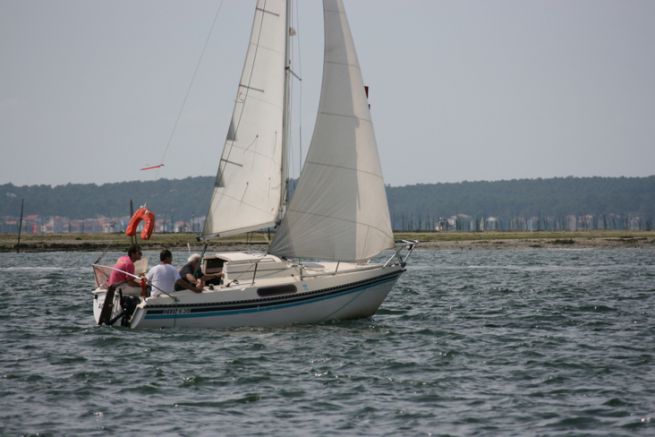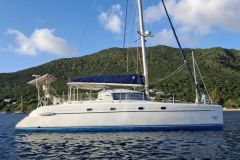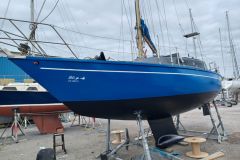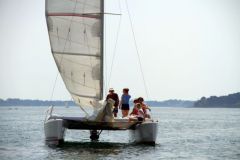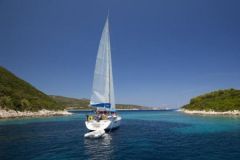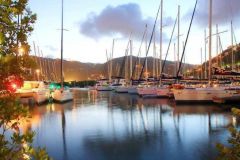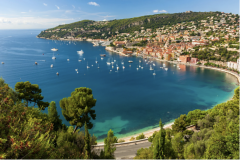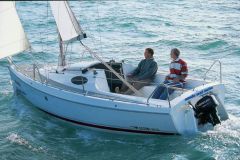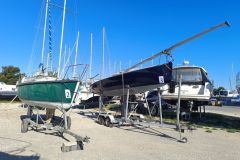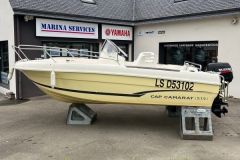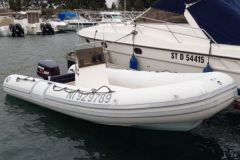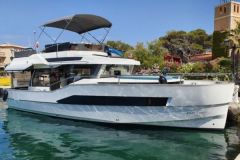- Price: from 2 500 euros
- Built from 1975 to 1984 with 1,300 units
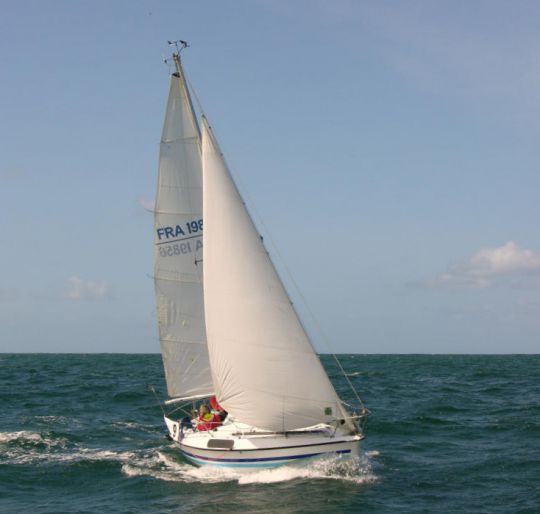
If you are looking for a small and really cheap sailboat, the Kelt 620 is for you! For 2,500 to 5,000 euros, you can buy the small boat certified in the 3rd category - a little equivalent to today's B certification. For 17 years, the 620 was therefore the only sailboat with less than 6.50 m of hull authorized to sail up to 60 miles from a shelter. A privilege he shared in 1992 with the First 210.
A hull full of curves
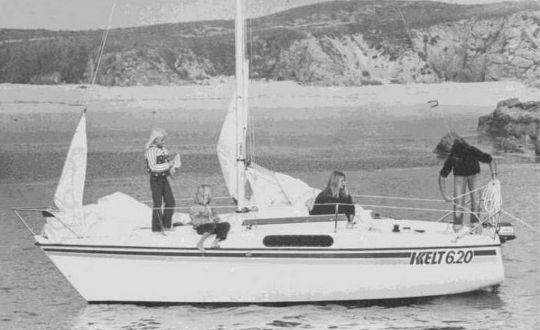
With its lively works and rounded edges, the Kelt 620 displays a typical design by the famous Philippe Harlé - the architect of Muscadet and Sangria. In the absence of a great stability of shape, the hull of the 620 has a limited wet surface, favourable to a beautiful ease in light weather. In the breeze, this little cruiser doesn't really like being overpowered. The surface area of the headsail should be significantly reduced - the genoa is three times larger than the mainsail; the Kelt 620, if it does not list too much, then proves to be very seaworthy and capable of gaining in the wind even against heavy seas. Prefer the keelboat model, which is much more efficient upwind, easily beached on crutches and which in the end only "gives" 40 cm of draught to the weighted dinghy. Note: the last dinghies built were equipped with telescopic legs.
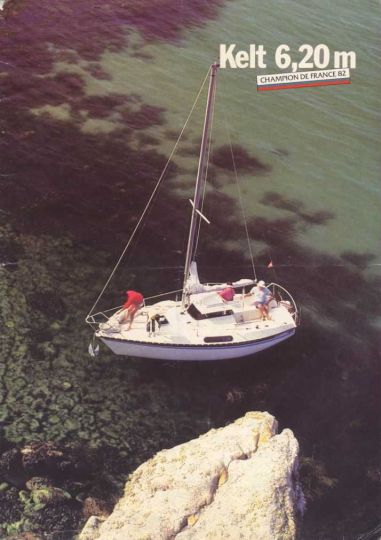
A very successful party bridge
The deckhouse of the Kelt 620 extends over the entire width of the hull - no gangways, like the privateer. This is called a party bridge. And here, the bridge slopes gently down to the bow, which makes it easier to move around. The fittings, if they are original, deserve a serious overhaul, especially on the oldest models. The same goes for the downflow hood and trunks, which have been significantly improved on the most recent 620. They even had a lifting roof. The cockpit does not offer the comfort of a modern unit but remains comfortable.
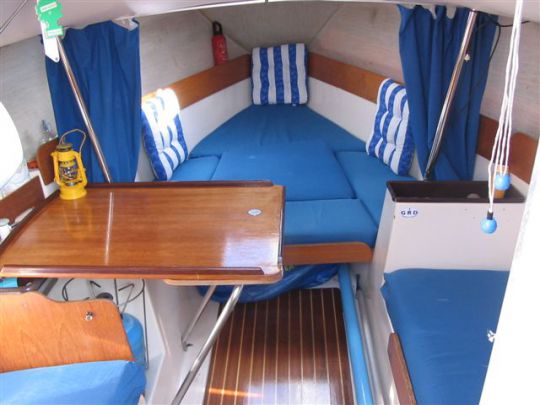
Sober and seafaring accommodation
Although the height under the roof is limited to 1.40 m, the deck described above offers a beautiful volume inside, which has been carefully optimized by Philippe Harlé with four berths, a kitchen unit, numerous storage spaces and an articulated table - meal/card table. A functional unit at sea and at anchor that allows a family to live on board for a few days, or even one or two weeks in good weather.
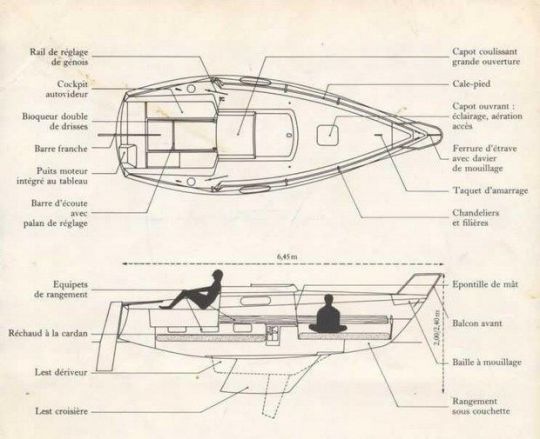
The diagnosis of Bateaux.com
Structurally, the Kelt 620 is known to be robust, as is its rigging in the lead. Some ingress of water through the keel bolts has been reported, as has the decay of the bulkheads in the lower part. For the dinghy model, a control of the drift and its mechanism is required. Also to be checked: the saffron shovel. Plan a sailing budget if they are more than 10/15 years old. Note: the relatively high motor support requires a long or even extra long shaft.
The advantages of lithium technology
- Excellent interior volume for its size
- Capable of real crossings
- Lively in light winds
The disadvantages
- Very (too) large genoa
- Transom without rear skirt
- Lack of stiffness to the canvas
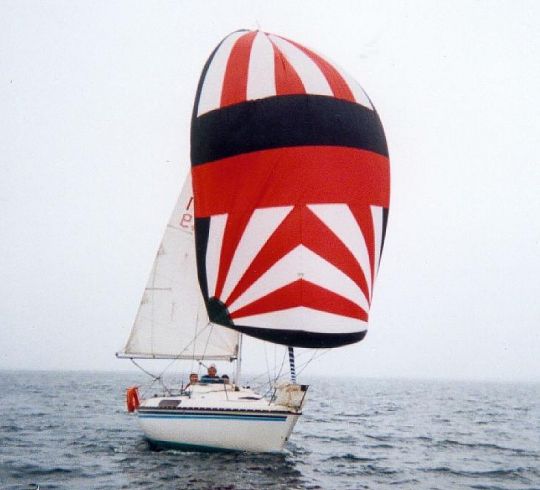
But what is it missing?
A sail plan with better balanced surfaces and easier access to the sea through the transom.
The equivalent today?
The Maxus 22, the small TES and of course the First 20 - from the famous 210.
